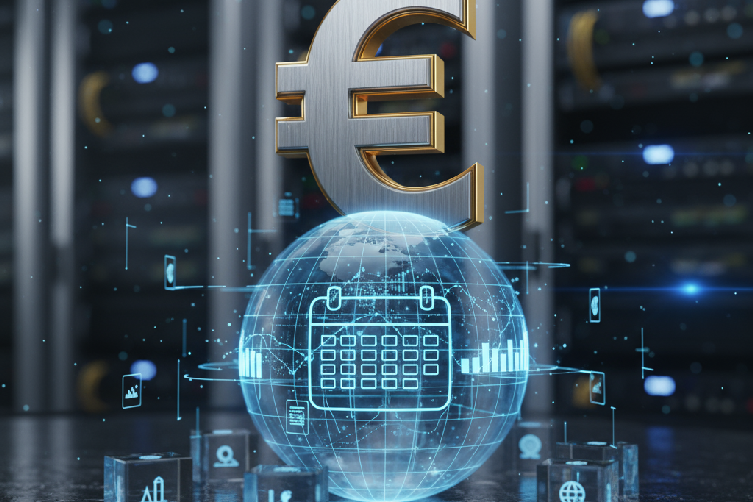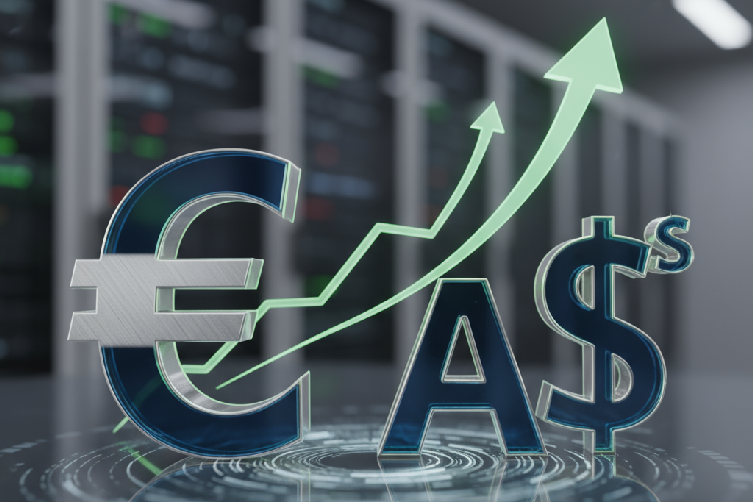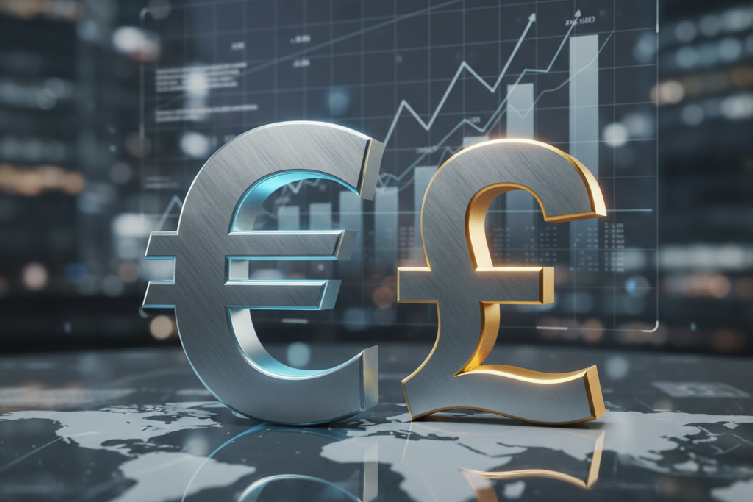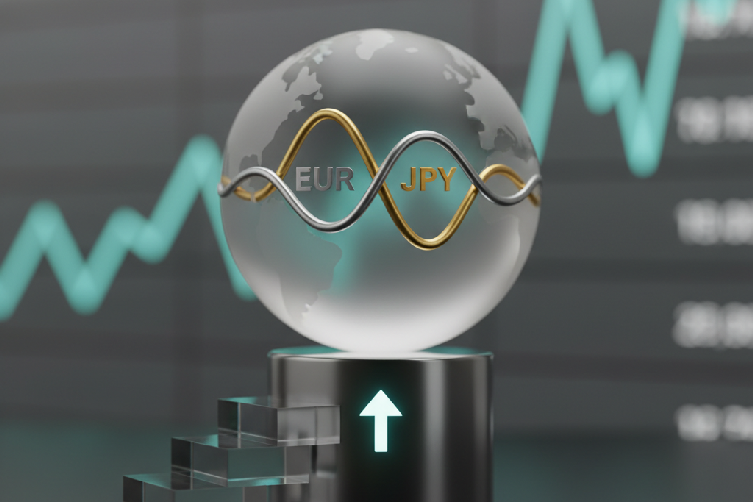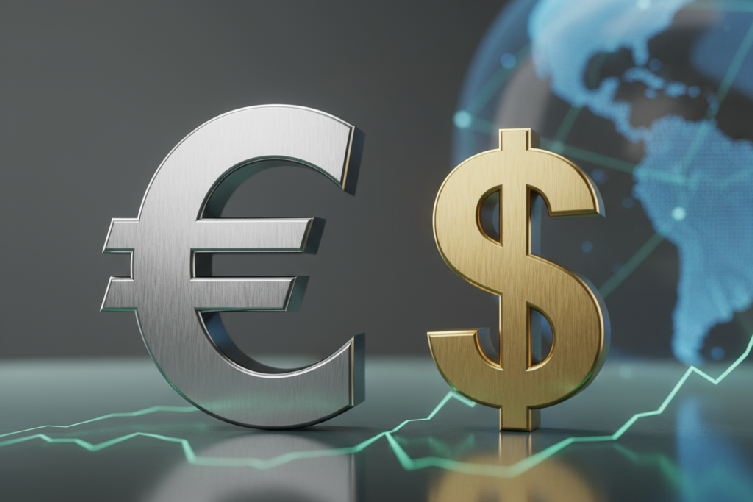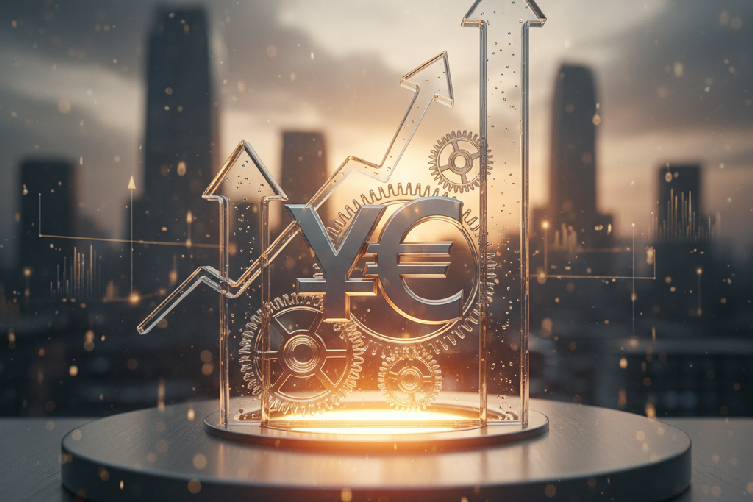What is the DXY Index? A Comprehensive Guide

Are you trying to make sense of the constant shifts in the global currency market? Feel like the US dollar’s strength is a puzzle you can’t quite solve? The DXY Index, a key definition for the US Dollar Index, provides a clear view of the American currency’s power.
Think of the DXY as the ultimate scorecard for the greenback. It meticulously measures its performance against a select group of six major international currencies. This benchmark is more than just a number; it’s a vital tool for forex trading broker users, international businesses, and anyone keen on understanding the global economy.
This guide will break down the DXY Index, exploring its history, components, calculation, and its major role in the global financial world. We’ll help you understand the US Dollar Index and what it means for your financial decisions.
Unlocking the Secrets: What Exactly is the DXY Index?
At its core, the DXY Index acts as a barometer, reflecting the U.S. dollar’s overall international value. It’s a carefully built metric, representing the weighted geometric average of the dollar’s exchange rate against a basket of six major foreign currencies.
In simple terms, this single number shows whether the dollar is gaining or losing strength compared to its key global counterparts. Understanding the DXY Index is crucial for anyone navigating global finance, whether you’re trading with an online forex broker or just following economic news.
Genesis of a Benchmark: The History of the DXY Index
The story of the DXY Index starts in 1973, a time of major change for the global monetary system. Its creation was a direct response to the end of the Bretton Woods Agreement, which had pegged currencies to the U.S. dollar, which was convertible to gold.
When this system collapsed, the world moved to floating exchange rates determined by market forces. The U.S. Federal Reserve then created the DXY Index to have a reliable measure of the dollar’s performance in this new environment. Its purpose was to track the dollar’s value against key trading partners’ currencies, helping policymakers understand the impact of the new regime.

Eventually, the responsibility for calculating and managing the index shifted from the Federal Reserve to ICE Data Indices, a part of the Intercontinental Exchange (ICE). Despite this change, the core methodology has remained consistent, solidifying its status as the top indicator of the U.S. dollar’s global strength. This history is vital for anyone working with a broker for forex.
Deconstructing the Index: Composition of the DXY
The DXY Index doesn’t track the U.S. dollar against every currency. Instead, it focuses on a handpicked group of six currencies, chosen for their economic importance and trade volume with the United States.
Understanding the DXY Index components and their specific weights is key to accurately interpreting the index’s movements. These weights reflect each country’s economic importance to the U.S. and are adjusted periodically to stay relevant.
The Six Pillars: Constituent Currencies
Here’s a breakdown of the currencies in the DXY Index and their approximate weightings:
- Euro (EUR): Holding the largest weight by far, the Euro’s performance has the biggest impact on the DXY’s direction. This reflects the significant economic ties between the Eurozone and the U.S.
- Japanese Yen (JPY): As a major Asian currency and a known safe-haven asset, the Yen’s movements also have a considerable effect on the index’s value. Global uncertainty often drives demand for the Yen.
- Pound Sterling (GBP): Representing the United Kingdom, the Pound is another significant component, influenced by the UK’s economic health and policies.
- Canadian Dollar (CAD): The currency of the United States’ large northern neighbor, its value is often tied to commodity prices, especially oil.
- Swedish Krona (SEK): Included to represent a smaller, but stable and trade-oriented European economy.
- Swiss Franc (CHF): Another safe-haven currency, the Franc’s inclusion adds a layer of stability and reflects Switzerland’s role in global finance.
By tracking this basket, the DXY offers a comprehensive and immediate snapshot of the U.S. dollar’s global standing. For traders and analysts, it’s an indispensable tool for gauging market sentiment and predicting currency movements.

